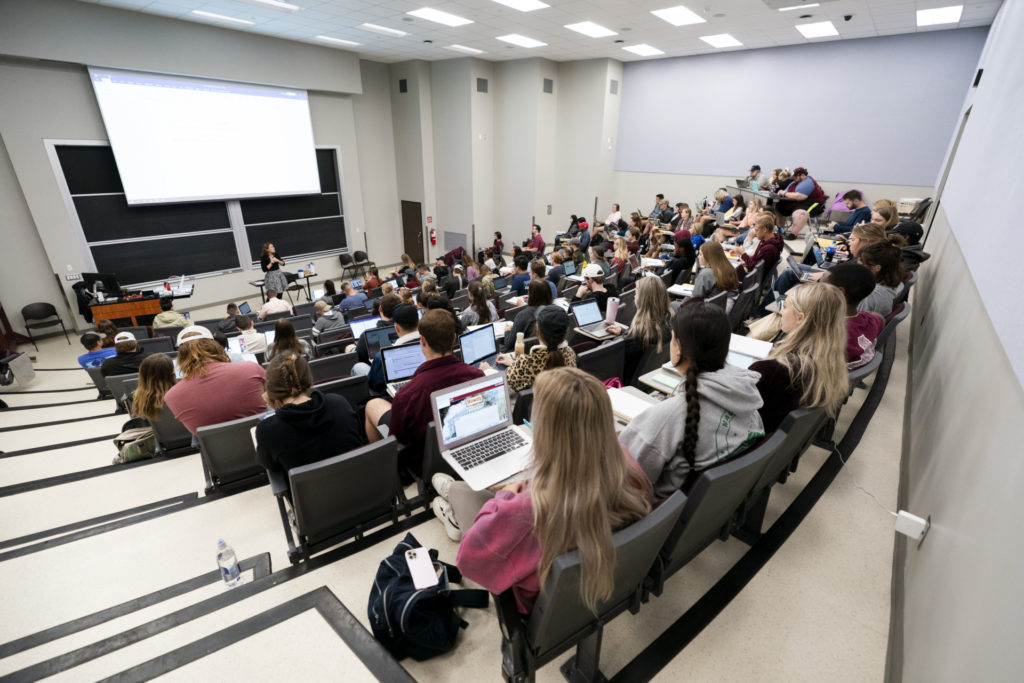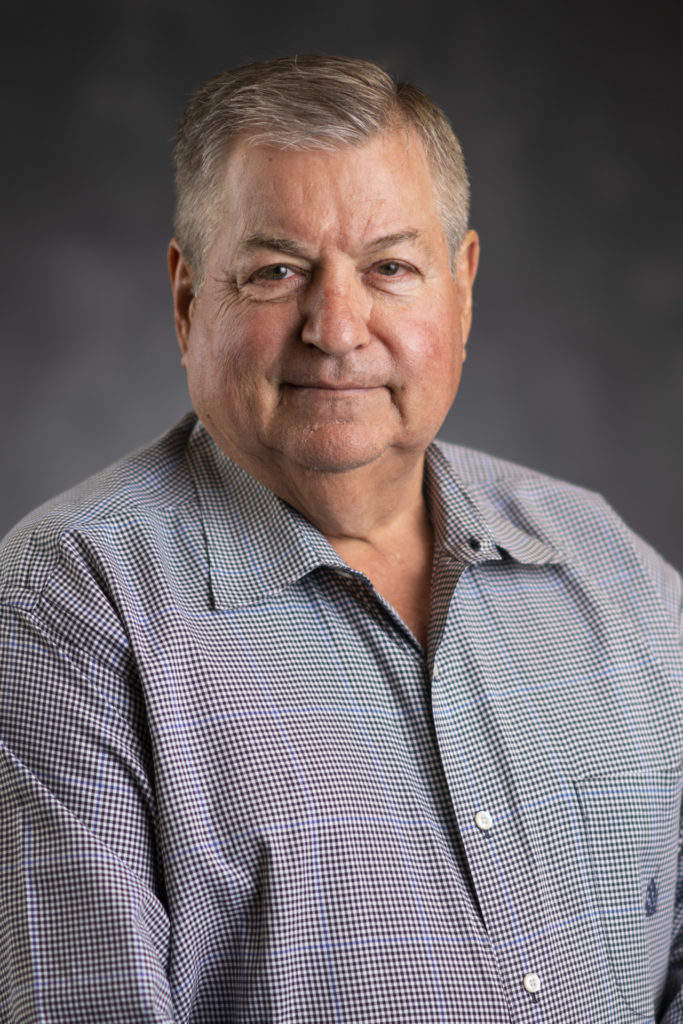Agriculture teachers in high demand
Texas A&M continues to lead in preparing agriculture teachers amidst shortage
Agriculture teachers are in high demand as a number of contributing factors are making it difficult to fill positions in classrooms across Texas and abroad, according to experts.

Offering real-life experiences and exposure to the immense variety that is Texas agriculture, Texas A&M University‘s Department of Agricultural Leadership, Education and Communications is striving to help fill those positions by continuing its legacy of preparing students for careers as agricultural educators.
“There’s such a tremendous demand that we just can’t keep up with it,” said Gary Briers, Ph.D., Bryan-College Station, who has seen much transition throughout his teaching career at Texas A&M since 1980. “It’s difficult to get people to be public school teachers these days, and COVID-19 didn’t help any. It’s caused a wreck in a sense, in terms of filling open positions.”
Addressing the shortage
A bulk of national agricultural teachers in 2020 were lost due to retirements, resulting in a loss of 17.5%, according to a American Association for Agricultural Education National Agricultural Education Supply and Demand Study. But there’s also growth in suburban areas that’s driving the need to service more school district students with teachers.

Briers said he’s seen this trend before, but not to this extent.
“This was all building before COVID hit,” he said. “At one time we had an excess of teachers. The problem today is we have kids who have several opportunities. They go interview for a job and they are offered a position on the spot.”
Briers said the suburban program area of Texas is by far the fastest growing, primarily where Texas A&M students have had a grandparent, aunt or uncle who was involved in production agriculture, knew of other students exhibiting livestock or were active in agricultural associations.
“They see that and say ‘I want to be a part of that’,” Briers said. “Look at Katy ISD. That has gone from two high schools beginning in my early career days to now 10 high schools with a broad ag sciences program and 40 teachers in the school district. They have two or three fulltime teaching veterinary applications. Students are pouring in. They may not want to be veterinarians, but they love livestock, dogs, cats or perhaps see opportunities to transfer that knowledge into human medicine.”
Briers said he saw the same scenario with horticulture “when it was relatively new in our public secondary schools 30 years ago.”
“Now that has transferred into floral design and the study focus has broadly expanded. It’s like the late Dr. Joe Townsend said, agriculture is more than just sows, cows and plows.”
Real-life experiences
Part of the ALEC curriculum includes more real-life experiences. When students graduate from the department, they are armed and ready with a license to teach, Briers said.
“But we tell them to avail themselves to gain more skills,” he said. “We are offering Saturday workshops where they will be learning or teaching students in our preparatory program. For some who never have pulled a trailer or hooked up a trailer, we give them those experiences of backing a trailer, navigating through cones. We also have a lot of opportunities at the RELLIS Campus at the Agricultural Workforce Complex in conjunction with our own ag mechanics laboratory.”
Briers noted that the Department of Animal Science and Department of Poultry Science are providing hands-on opportunities with its cattle, sheep, goat and poultry laboratories.
Looking to the future, Briers said he’s hopeful that elementary schools will continue to adopt other agriculture- or horticulture-related activities such as establishing school gardens.
“It’s going to take someone like an ag teacher or FFA chapter to be the champion to do that,” he said. “What we’ve found over the years is that kids in fact will eat carrots and broccoli, if they grow them. If they are exposed to that, where they have some type hands-on experience and educational experience of production, they can be taught to like vegetables.”
‘Premier ag program’
“Our team of Agricultural Sciences faculty and staff is one of the strongest in the nation,” said Matt Baker, Ph.D., department head. “Under the direction of program leader Dr. Tim Murphy, our school-based teachers are highly prepared to enter the classroom equipped to teach in this post-pandemic world.”

Baker said the new Agriculture and Workforce Complex on the Texas A&M University RELLIS campus in Bryan provides students access to state-of-the-equipment and facilities like no other in the nation.
“I am most pleased with our academic program, its outstanding students, our network of forward-thinking school-based cooperating teachers across the state, and the tremendous statewide support of our school-based programs by the Agriculture Teachers of Texas, Texas FFA Association and the Texas FFA Foundation,” Baker said.
Agricultural sciences graduates enter high-paying jobs and are frequently recruited into agriculture industry careers because they have the right combination of technical agriculture knowledge, hands-on experience and professional skill, Baker said.
“For more than 100 years we’ve prepared agriculture teachers,” Briers said. “I think we are a premier ag program, but we are part of a team statewide.”
He said other universities such as Texas Tech, Tarleton State, Sam Houston State, Stephen F. Austin, West Texas A&M, Texas A&M Commerce, Texas A&M-Kingsville, Sul Ross State, Angelo State and Texas State are part of that team, and there’s room for all.
“We are all outstanding and believe we can prepare the very best across the state and nation to teach agricultural education that takes a state approach,” he said. “We here at Texas A&M are great among top players, but there’s plenty of room at the top, and we invite everyone to work with us and we work with them. Our students need all of us.”


